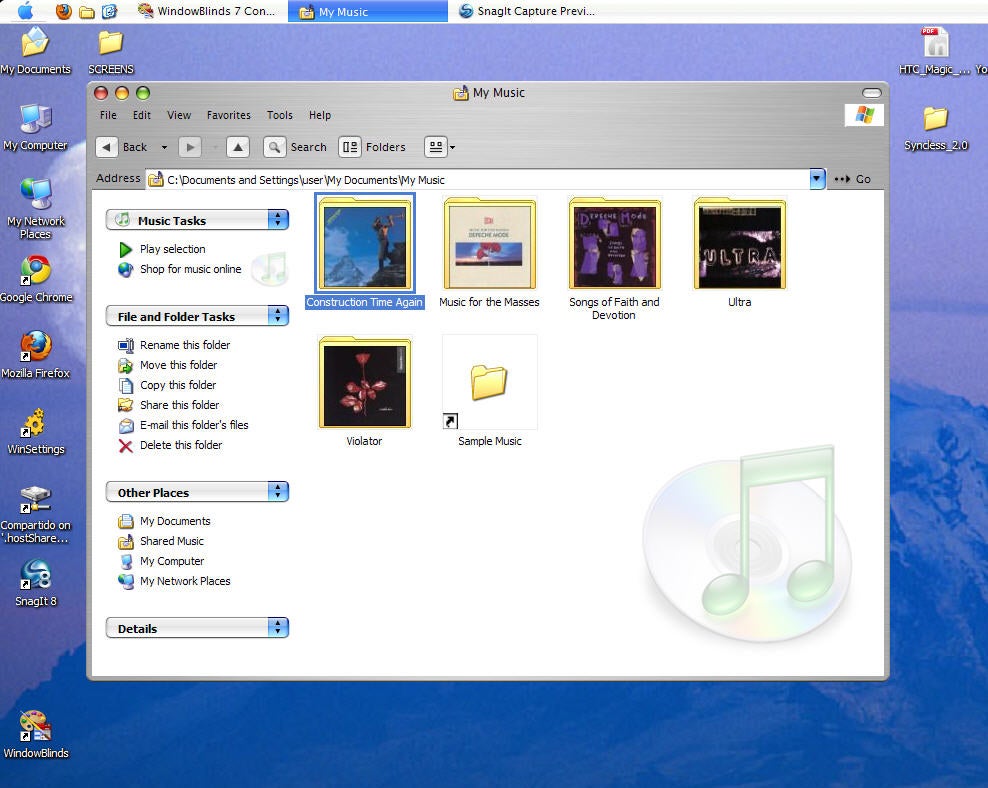Npm is a separate project from Node.js, and tends to update more frequently. As a result, even if you’ve just downloaded Node.js (and therefore npm), you’ll probably need to update your npm. Luckily, npm knows how to update itself! To update your npm, type this into your terminal: npm install npm. Mac hardware must be a 2010 or a newer model, with Intel’s hardware support for memory management unit (MMU) virtualization, including Extended Page Tables (EPT) and Unrestricted Mode. You can check to see if your machine has this support by running the following command in a terminal: sysctl kern.hvsupport. How to Install Command Line Tools in OS X Mavericks & Yosemite (Without Xcode) Note: On OS X, if you have/had a 'system' node installed and want to install modules globally, keep in mind that: When using nvm you do not need sudo to globally install a module with npm -g, so instead of doing sudo npm install -g grunt, do instead npm install -g grunt.
What is npm?
npm makes it easy for JavaScript developers to share and reuse code, and makes it easy to update the code that you’re sharing, so you can build amazing things.
Install npm
npm is installed with Node.js
npm is distributed with Node.js- which means that when you download Node.js, you automatically get npm installed on your computer.
Download Node.js and npmCheck that you have node and npm installed
To check if you have Node.js installed, run this command in your terminal:
To confirm that you have npm installed you can run this command in your terminal:
A note on versions


npm versions
npm is a separate project from Node.js, and tends to update more frequently. As a result, even if you’ve just downloaded Node.js (and therefore npm), you’ll probably need to update your npm. Luckily, npm knows how to update itself! To update your npm, type this into your terminal:
Node versions and Long Term Support
Node.js has lots of versions! To use Node.js, and therefore npm, effectively, you’ll want to make sure that you are on a version that is supported by the Node.js team. In general, you should use the version of Node.js labelled “LTS”.
Use a Node.js version manager
Software is always changing, and so it’s often a good practice to use a version manager to help account for this change. For this reason (and many others!) we recommend that you use a version manager for your Node.js installation. There are many great options; here are a few*:
* If you don't see your favorite version manager here, send us a note on the www repo!
Install Npm Mac Os
Read the docs!
For more information, on all sorts of awesome npm things, you should read our documentation.
You'll learn how to:
- ...and muchmore!
If you ever want to help out with documentation, you can leave feedback or suggestions in the npm.community 'docs' topic!
Mac Os Download For Windows
Take me to the docs!We’re here to help
Feeling lost or overwhelmed? We’re here to answer your questions, concerns, and comments.
Ways to Reach Us
Npm Download Mac
- Ask a question or provide feedback
- on Twitter, @npm_support
- via email, support@npmjs.com
- Stay up to date on the npm registry status
- via our status page
- on Twitter, @npmstatus
- File an issue about the website on our website GitHub repo
- File an issue about the registry on our registry GitHub repo